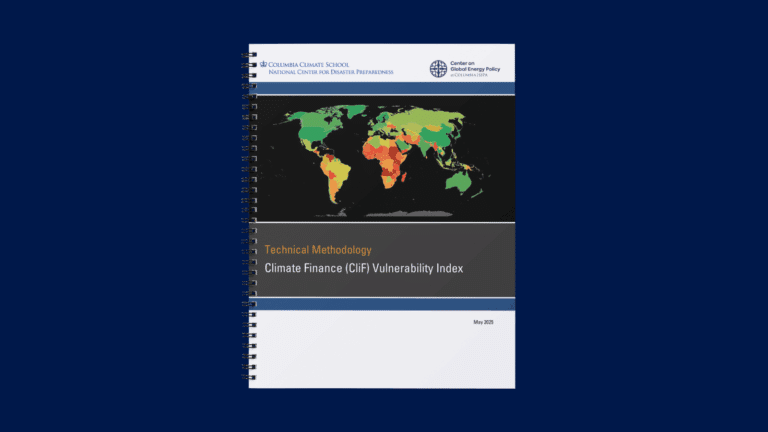As Europe turns away from Russian gas, the US is ready to cash in
Europe's plan to phase out Russian gas and the US's desire to expand its LNG export market point to a perfect alliance.
Current Access Level “I” – ID Only: CUID holders, alumni, and approved guests only
Reports by James Glynn, Kirsten Smith, Lilly Yejin Lee + 3 more • March 16, 2022
This report represents the research and views of the author. It does not necessarily represent the views of the Center on Global Energy Policy. The piece may be subject to further revision. Contributions to SIPA for the benefit of CGEP are general use gifts, which gives the Center discretion in how it allocates these funds. More information is available at Our Partners. Rare cases of sponsored projects are clearly indicated. For a full list of financial supporters of the Center on Global Energy Policy at Columbia University SIPA, please visit our website at Our Partners. See below a list of members that are currently in CGEP’s Visionary Annual Circle.
(This list is updated periodically)
Air Products
Anonymous
Jay Bernstein
Breakthrough Energy LLC
Children’s Investment Fund Foundation (CIFF)
The Paris Agreement included two particularly crucial innovations for supporting greenhouse gas emissions reductions: a voluntary, bottom-up nationally determined contribution (NDC) and a ratchet mechanism. The latter change meant that, in the run-up to the 26th Conference of the Parties (COP26) to the United Nations Framework Convention on Climate Change in Glasgow last fall, countries prepared updated NDCs—specific commitments to reduce emissions by 2030—that outlined their increased ambition. After the adoption of the Glasgow Climate Pact, many observers have focused on what these NDCs, as well as countries’ pledges to reach net-zero greenhouse gas emissions by certain dates, could mean for the world’s ability to limit global temperature rise to well below 2° Celsius—the central goal of the Paris Agreement. But another critical question remains: how would these targets and ambitions drive near-term emissions reductions. Understanding the answer can provide insights to investors, utilities, or others with decision time horizons of 10–15 years and that wish to align with net-zero ambitions.
This report, part of the energy systems modeling program at Columbia University’s Center on Global Energy Policy, aims to assess the alignment between updated NDCs and current net-zero pledges for policy makers and industry leaders to gain insight into their own national and corporate decarbonization outlooks. It considers all classes of NDCs, including: 1) percentage reduction in emissions relative to a historical base year level, 2) percentage reduction compared to a 2030 business-as-usual scenario, and 3) reduction in emissions intensity of gross domestic product. It presents an estimate of the percentage reduction in greenhouse gases (GHGs) from 2015 to 2030 for all commitments outlined in NDCs for countries that also have a net-zero target.
Overall, this analysis finds that the NDCs of economies with 2050 net-zero pledges would lead to a 27 percent reduction in GHG emissions by 2030, relative to 2015. However, countries with post-2050 net-zero pledges are projected to increase their emissions by 10 percent between 2015 and 2030, lowering the net global emission reduction to 9 percent over this period.
Other findings from the report include the following:
A workbook accompanying this report includes further details on the NDCs of the 100 largest-emitting economies.
World leaders are meeting in New York this month at the request of the United Nations Secretary-General António Guterres to discuss the state of global ambition on climate change.

A key component of the Paris Agreement is Article 6, which introduces a framework to facilitate voluntary cooperation between―primarily using carbon credit trading―to help achieve their nationally determined contributions (NDCs) more cost-effectively.

The Climate Finance (CliF) Vulnerability Index is designed to provide a comprehensive understanding of climate vulnerability for nation states in order to improve the targeting and provision of climate change adaptation financing.

Full report
Reports by James Glynn, Kirsten Smith, Lilly Yejin Lee + 3 more • March 16, 2022